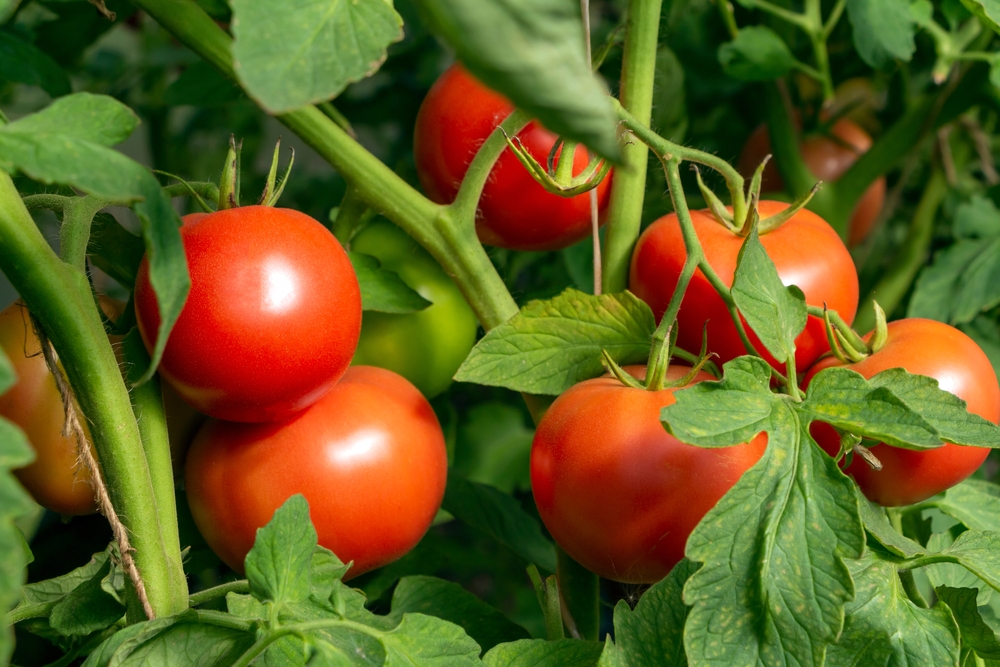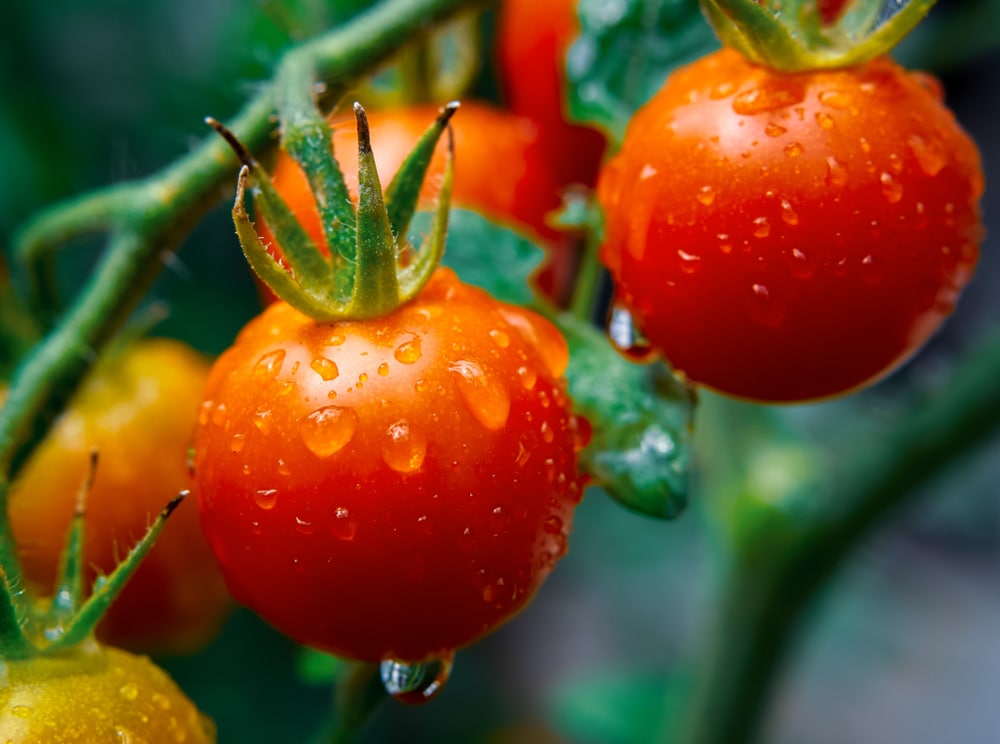If you are an avid gardener, you want to get the most out of your garden space, especially when planting crowd favorite tomato plants.
You may wonder if there’s any way to plant more than one tomato plant together in a single pot or garden bed. Unfortunately, planting two tomato plants closely together doesn’t work very well.
Why You Should Not Plant Two Tomato Plants Together
Many think planting two tomato plants close together will lead to larger tomatoes. However, this is not the case. Planting two tomato plants too close together can harm both plants.
Planting tomato plants together is not recommended because the plants will not grow properly. The roots of the plants will compete for space and water, and the leaves will block out sunlight, making it difficult for the plants to photosynthesize.
As a result, both plants will produce smaller tomatoes than if planted further apart. In addition, as the plant grows, the leaves will start to tangle and crowd each other. This occurrence will prevent growth, leading to less or even no fruit production.
With Tomato plants, it is better to have fewer plants but yield more tomatoes rather than more plants with less tomato production.
Proper Growing Techniques for Tomato Plants
Let’s discuss the proper growth techniques to get the best results from your tomato plant.
Sunlight
Tomato plants require at least six hours of direct sunlight per day. If possible, choose a spot in your garden that receives full sun all day. If that is not possible, try to pick an area that will at least receive a few hours of the morning sun, as this will help the plants produce better-tasting fruit.
Tomato plants that do not receive enough sunlight produce smaller fruits that lack flavor.
Watering
Tomato plants need a lot of water–at least an inch per week, and more if the weather is hot and dry. (If you’re not sure whether your plants are getting enough water, try this simple test: poke your finger into the soil about an inch down. If it feels dry, it’s time to water.)
It’s best to water early in the day so the plants are dry by nighttime. This will help prevent fungal diseases. When you water, be sure to wet the soil to the roots; tomatoes have shallow root systems and won’t do well if their roots are constantly dry.
Although they should be watered regularly, be careful not to overwater them as this can lead to problems with fungus or rot.
Common Pests and Diseases
One of the most common tomato pests is the aphid. Aphids feed on the sap of the plant, causing leaves to wilt and yellow. They can also introduce diseases into the plant.
To prevent aphids, it is important to keep your plants well-watered and remove any infested leaves as soon as possible.
Another common issue is blossom end rot, which is caused by a lack of calcium in the soil. This can be prevented by adding calcium to the soil before planting and by keeping the plants well-watered.
Tomato plants are susceptible to fungal diseases such as early blight and late blight. These diseases can cause the leaves to turn brown and fall off, eventually leading to the death of the plant. The best way to prevent fungal diseases is to water from below.
Stabilization
Once the plants have begun to produce fruit, it is important to support them with cages or stakes so that the weight of the fruit doesn’t cause the stems to break.
Stabilization may also be a problem due to wind damage or uneven watering, making the plant lean to one side as it grows. If left unaddressed, the plant will eventually topple over, damaging the fruit and making it difficult to harvest.
By following these simple tips, your tomato plants will be tall and healthy and give you a long harvesting season.

